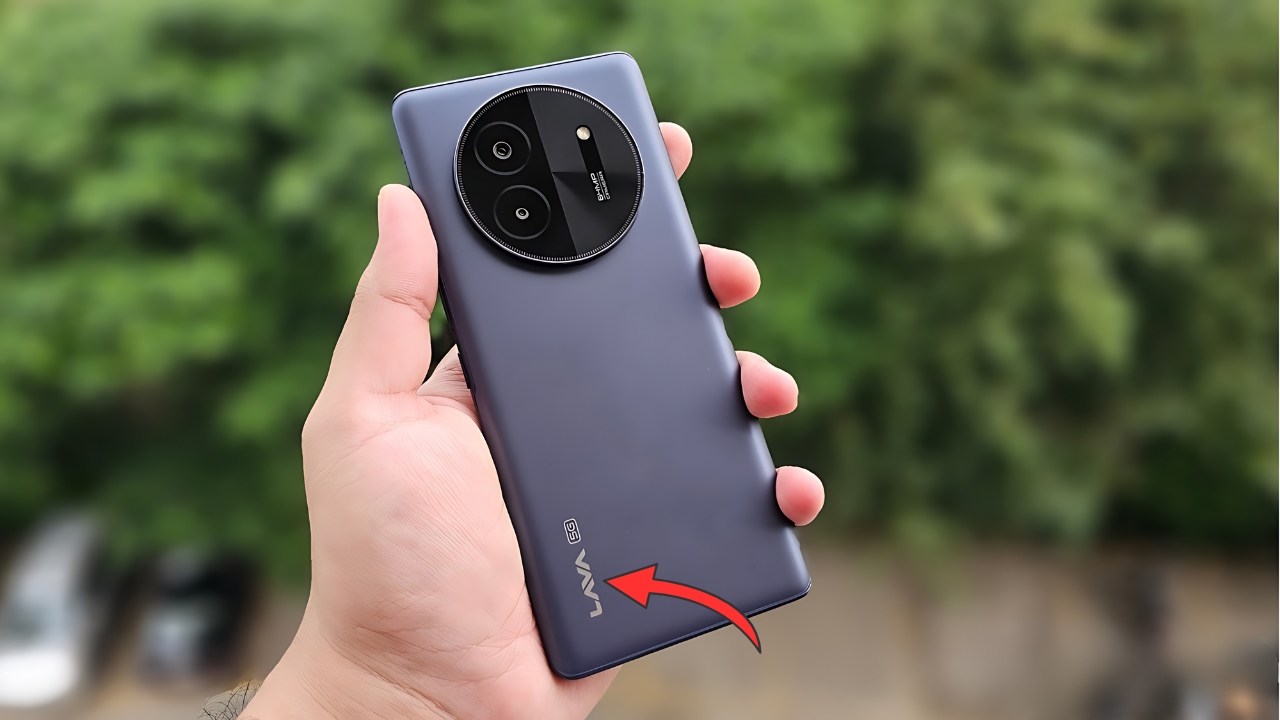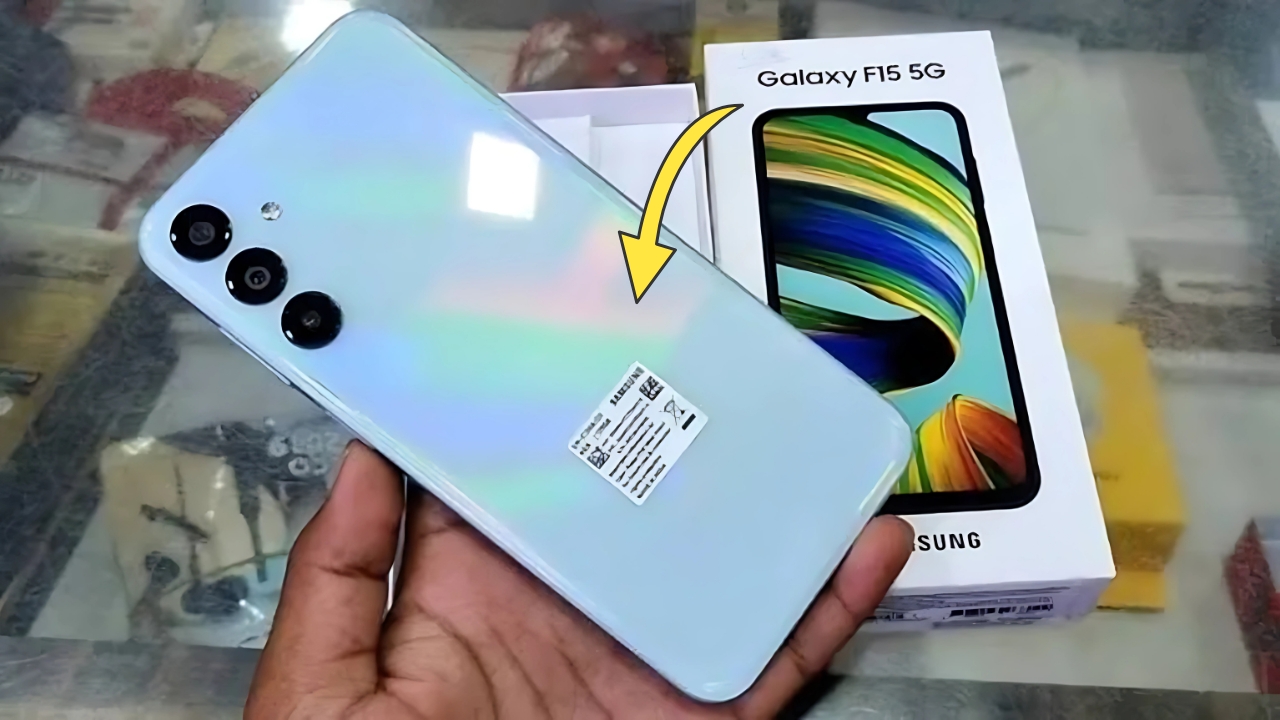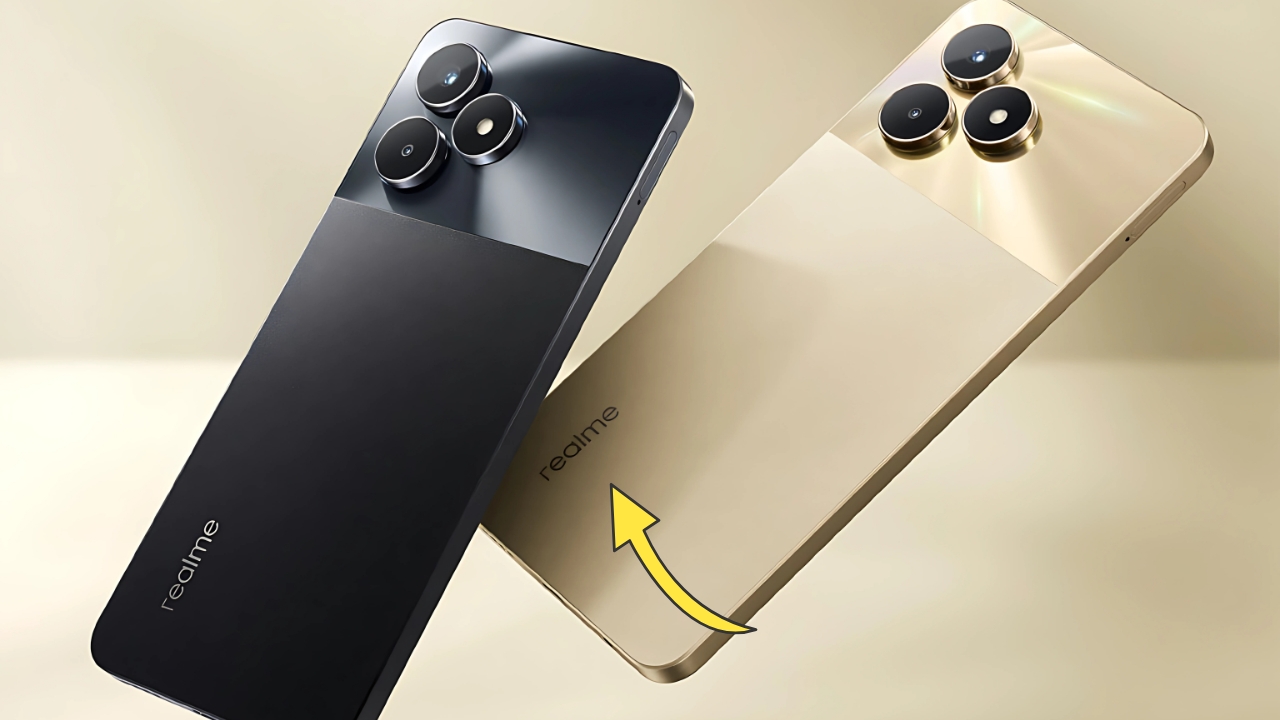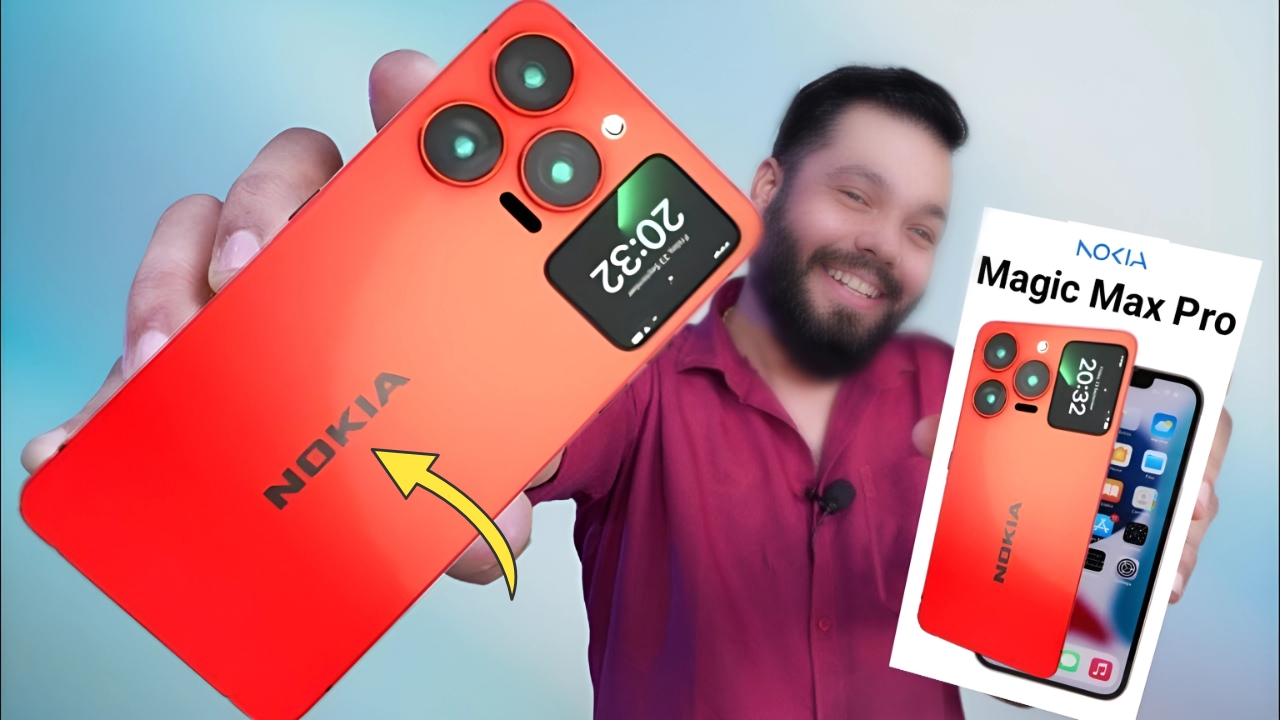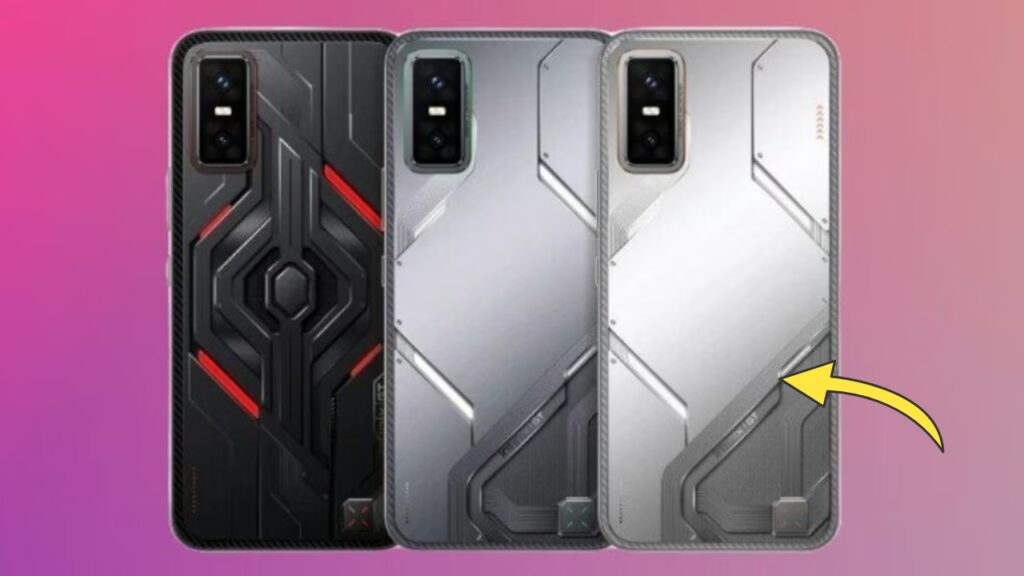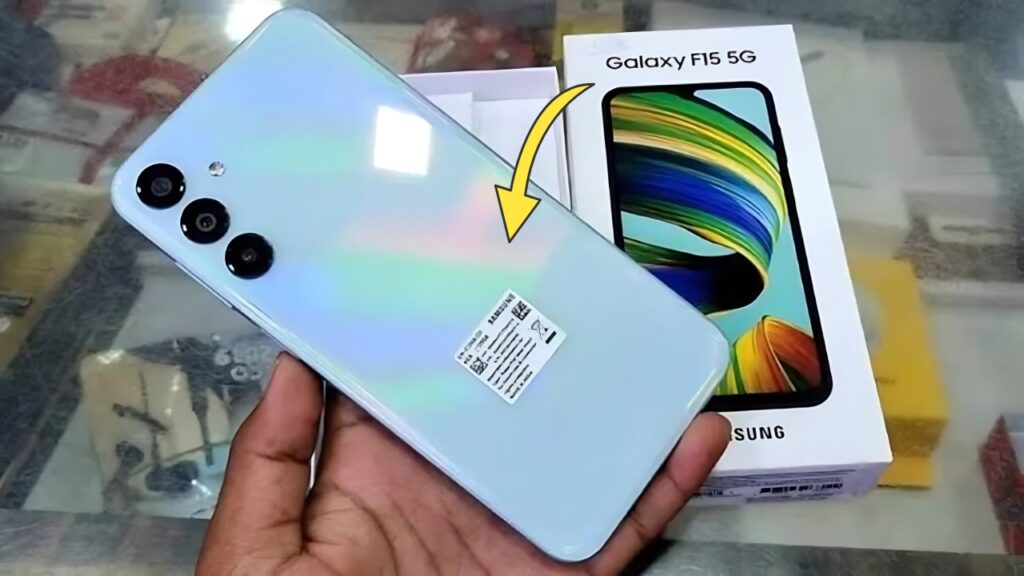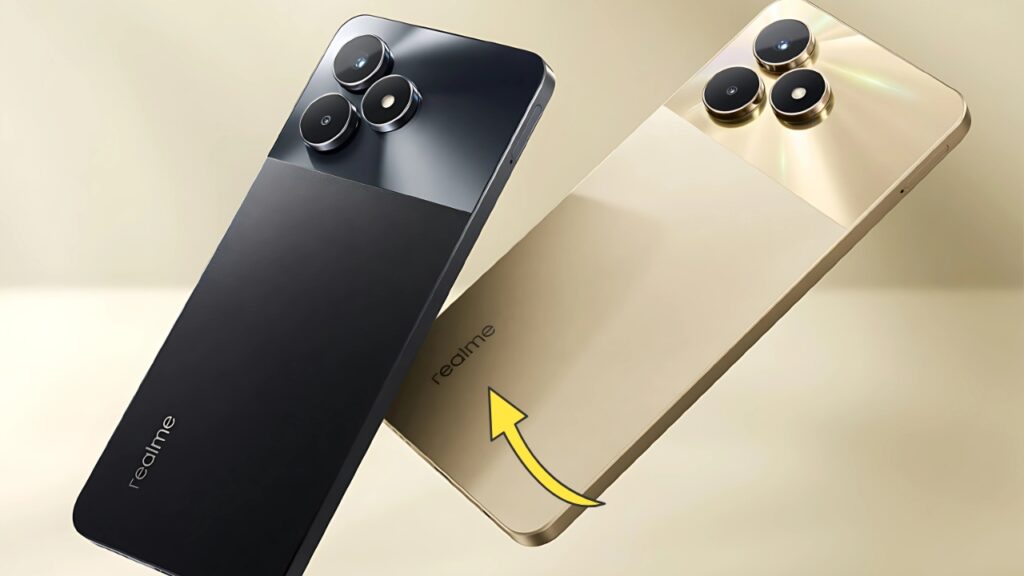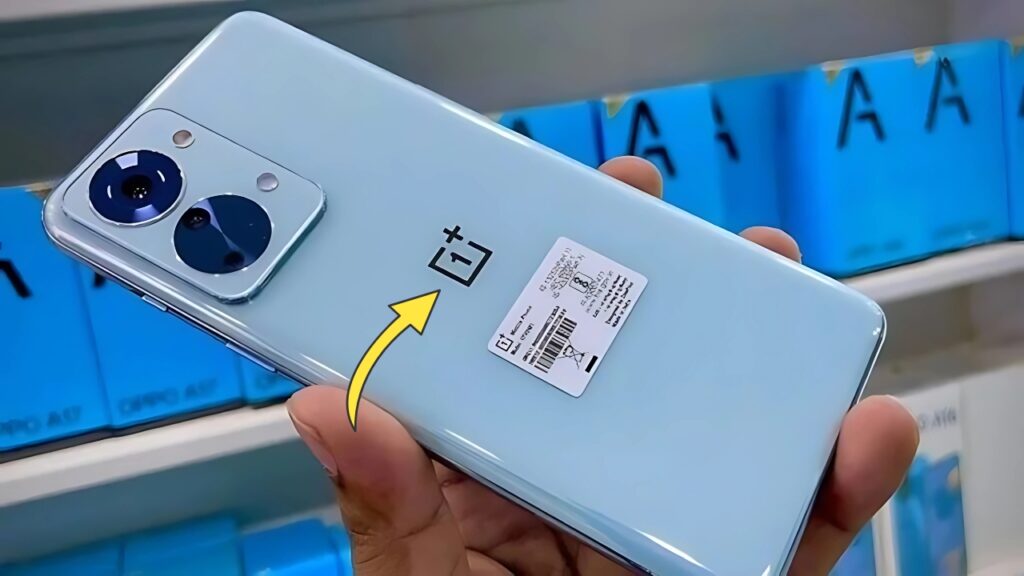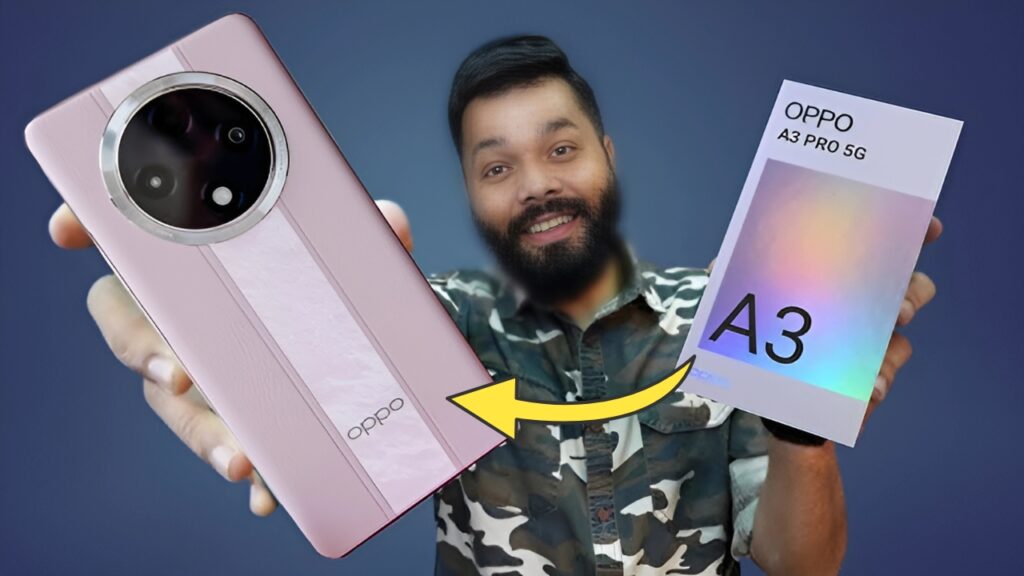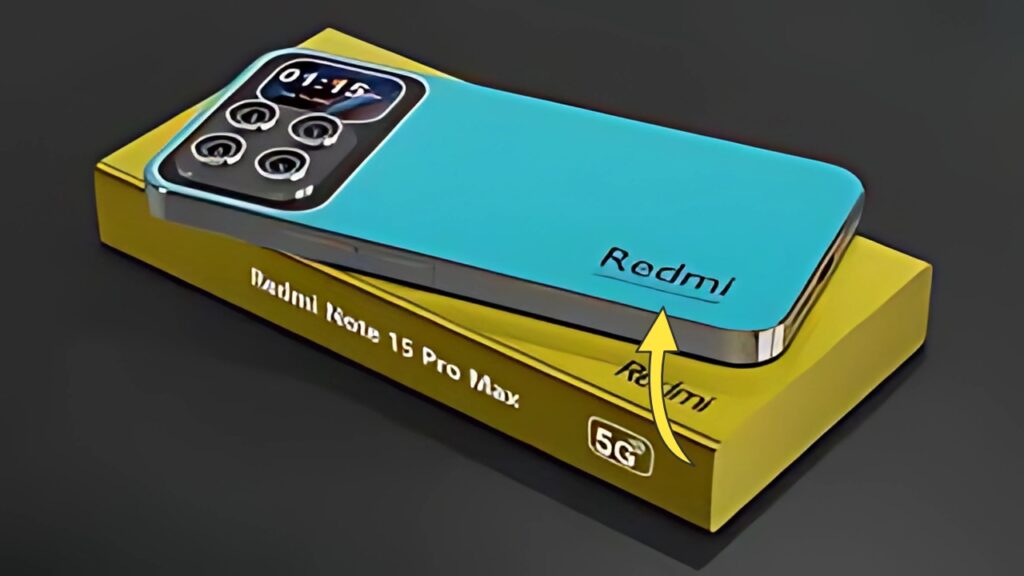Nokia New Transparent Smartphone: In the ever-evolving landscape of smartphone design, manufacturers continue to explore new frontiers that challenge our understanding of what mobile devices can be.
Among these innovative concepts, transparent smartphones have captured the imagination of technology enthusiasts and futurists alike.
Nokia, with its rich history of pioneering mobile phone design, has been exploring this fascinating technological direction through various concept demonstrations and patent filings.
The Concept of Transparency
The idea of a transparent smartphone represents one of the most visually striking departures from conventional device design.
Unlike traditional smartphones with opaque bodies, a transparent device would feature see-through components that allow visibility through portions of the phone.
This design approach isn’t about complete invisibility but rather a selective transparency that maintains functionality while creating a distinctive aesthetic experience.
The technological foundations for such devices involve several key innovations, including transparent display technology, translucent circuit boards, and redesigned component arrangements that maintain functionality while preserving the transparent effect.
These elements must work in harmony to create a device that balances practical usability with the novel transparent design.
Transparent Display Technology
At the heart of any transparent smartphone concept lies the display technology. Traditional LCD and OLED screens have opaque components that block light, but advancements in transparent display technology have made remarkable progress in recent years. Various approaches include:
-
Transparent OLED (TOLED) panels that allow light to pass through when pixels are turned off
-
Micro-LED technology with greater transparency potential due to smaller light-emitting components
-
Advanced transparent conducting materials that replace traditional opaque electrodes
These technologies enable displays with varying degrees of transparency, from slightly translucent to almost entirely clear when not displaying content.
The challenge lies in maintaining color accuracy, brightness, and power efficiency comparable to conventional displays while achieving this transparency.
Component Rearrangement and Miniaturization
Creating a transparent smartphone requires fundamental rethinking of internal component arrangement. Certain essential elements like batteries, camera modules, and processing chips cannot currently be made transparent.
Nokia’s approach in concept demonstrations involves strategically positioning these opaque components to maintain the overall transparent aesthetic while ensuring functionality.
This design philosophy necessitates:
-
Concentrating opaque components in specific areas, often along the edges or in minimal strips across the device
-
Extreme miniaturization of essential components to reduce their visual footprint
-
Development of transparent or translucent versions of traditionally opaque elements like circuit boards and antennas
The result is a device where transparent areas dominate the visual experience, while carefully designed opaque sections house the essential technology that powers the smartphone.
Practical Applications Beyond Aesthetics
While the visual appeal of transparent smartphones is undeniable, Nokia’s exploration extends beyond mere aesthetics to practical applications that could enhance the user experience:
-
Augmented reality integration becomes more intuitive when the device itself partially disappears from view, creating a more immersive experience
-
Photography applications could benefit from seeing through portions of the device while composing shots
-
Navigation experiences could overlay directions on real-world views through the transparent display
-
New interaction possibilities emerge when both sides of the device can display information and accept touch input
These functional advantages suggest that transparency isn’t merely a design gimmick but potentially a new paradigm for how we interact with mobile technology.
Technical Challenges and Limitations
Despite the exciting possibilities, significant technical challenges remain before fully functional transparent smartphones become mainstream consumer products:
-
Battery technology remains a substantial hurdle, as energy storage components are inherently opaque with current chemistry
-
Heat dissipation becomes more complex when traditional cooling solutions must be redesigned for transparency
-
Durability concerns arise from the potential fragility of transparent materials compared to conventional smartphone construction
-
Privacy implications emerge when device contents might be partially visible from both sides
Nokia’s research and development in this area focuses on addressing these challenges through materials science innovations, novel component designs, and creative engineering solutions that preserve the transparent aesthetic while maintaining practical functionality.
Market Positioning and Consumer Appeal
A transparent smartphone would occupy a unique position in the market, likely appealing initially to technology enthusiasts and design-conscious consumers seeking distinctive devices.
Nokia’s historical strength in industrial design makes them well-positioned to pioneer such innovation while ensuring the devices remain practical for everyday use.
The potential market segments for transparent smartphones include:
-
Early adopters and technology enthusiasts willing to embrace cutting-edge innovation
-
Design professionals and creative industries where distinctive technology serves as both tool and statement
-
Luxury technology consumers seeking unique, conversation-starting devices
-
Enterprise and specialized professional applications where transparent interfaces offer functional advantages
This positioning aligns with Nokia’s traditional strength in creating devices that balance technological innovation with practical usability across diverse market segments.
From Concept to Reality
The journey from concept demonstrations to commercially viable transparent smartphones involves several stages of development and refinement:
-
Research phase involving materials science breakthroughs and component redesigns
-
Prototype development to test technical feasibility and user experience
-
Limited production runs to gauge market reception and identify real-world usage challenges
-
Iterative refinement toward mass production and mainstream adoption
This process typically spans several years as the technology matures from laboratory demonstrations to commercially viable consumer products.
Nokia’s methodical approach to innovation suggests they would follow a similar pathway, introducing transparent elements gradually while ensuring reliability and functionality remain paramount.
Nokia New Transparent Smartphone:
Nokia’s exploration of transparent smartphone technology represents an exciting glimpse into a possible future where mobile devices transcend their current physical limitations.
While fully transparent smartphones remain partially in the realm of concept rather than immediate consumer reality, the underlying technologies continue to advance rapidly.
The transparent smartphone concept demonstrates how mobile technology continues to evolve beyond mere technical specifications toward devices that challenge our fundamental expectations of what a smartphone should look and feel like.
Whether these devices become mainstream consumer products in the near future or remain specialized technology showcases, they illustrate the continued importance of bold design thinking in pushing the boundaries of what’s possible in mobile technology.
As with many cutting-edge innovations, the path from concept to consumer hands involves overcoming significant technical hurdles.
However, Nokia’s history of design innovation suggests they are well-positioned to continue advancing this fascinating technological direction, potentially transforming today’s transparent smartphone concepts into tomorrow’s reality.
Also read this –

